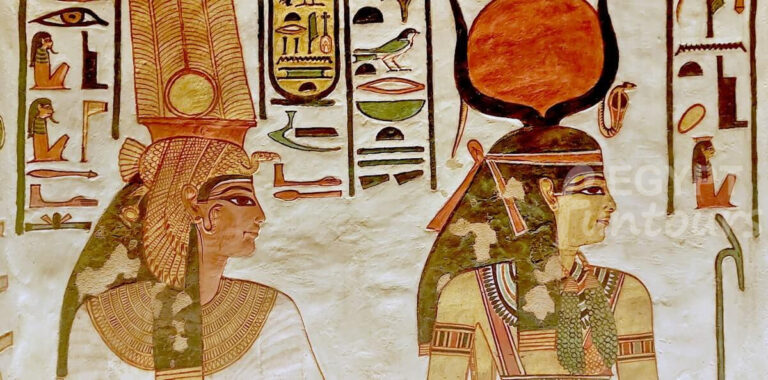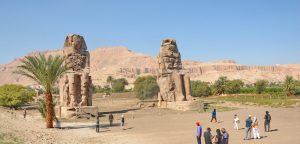The Amr Ibn El-Aas Mosque stands as Egypt’s very first mosque. Commander Amr Ibn al-As, leader of the Muslim army in Egypt, erected it in 642 AD (21 AH). People also call it Taj al-Jawamie (Crown of Mosques), al-Jamie’ al-Ateeq (the Ancient Mosque), and Masjid Ahl ar-Rayah (Mosque of Banner Holders).
The Mosque’s Origins

Tradition holds that Amr Ibn El-Aas Mosque sits on the site of Amr Ibn al-As’ tent at Fustat. This makes it the oldest existing mosque. It stands not only in Cairo but across the entire African continent. Located north of the Roman Fortress of Babylon, it lies on the edge of Fustat. Amr founded Fustat as a temporary city. This mosque served as an Islamic learning center long before the El-Azhar Mosque. It could accommodate up to 5,000 students.
Early Construction and Expansion
Originally, Amr Ibn El-Aas Mosque covered an area of 1,500 square cubits. It overlooked the Nile. The initial structure was quite simple. Walls lacked plaster or decorations. It had no niche (mihrab), minaret, or ground cover. Two doors faced north, and two others faced Amr’s house.
The mosque’s area remained unchanged until 672 AD (53 AH). Then, Musallama al-Ansari, Egypt’s ruler, undertook expansion and renovation. He acted on behalf of Caliph Mu’awiya Ibn Abi-Sufian. Workers decorated walls and ceilings. They added four compartments for “muezzins” (callers for prayers) at the corners. They also built a minaret. Straw mats covered the mosque ground.
Subsequent Renovations
In 698 AD (79 AH), Abdul-Aziz Ibn Marwan, Egypt’s ruler, demolished and expanded the mosque. Again, in 711 AD (93 AH), Prince Qurrah Ibn Shuraik al-Absi, Egypt’s ruler, demolished the mosque. Upon orders from Caliph al-Waleed Ibn Abdul-Malek, they enlarged the mosque area. They added a niche, a wooden pulpit (minbar), and a compartment. They gold-coated the copings of four columns facing the niche. The mosque then featured four doors to the east, four to the west, and three to the north.
Under the Abbasid state, successive additions and repairs occurred. In 827 AD (212 AH), Abdullah Ibn Taher, Egypt’s ruler, ordered an equivalent area added to the mosque’s north side. This brought its total area to its present level of 13,556.25 square meters (112.3m x 120.5m). However, the Fatimid period marked the mosque’s golden era. During this time, gilded mosaics, marble works, a wooden compartment, and a moving pulpit were introduced. A part of the niche received a silver coating.
The last structural amendments to Amr Mosque happened during Murad Bey’s rule in the Ottoman era, in 1797 AD (1212 AH). Due to the collapse of some columns, they demolished and rebuilt the mosque’s interior. As a result, eastern arcades were repositioned to be perpendicular to the mihrab wall. Accordingly, arches extended across windows. They built two minarets, which still stand today.
Beyond Worship

Amr Ibn El-Aas Mosque was more than a place of worship. It also served as a court for settling religious and civil disputes. Furthermore, teaching circles offered general religious preaching. They also taught lessons in Quranic sciences, jurisprudence, and Prophet Muhammad’s tradition (Hadith), as well as letters.
The mosque incorporates elements of Greek and Roman buildings. It has 150 white marble columns and three minarets. Simple in design, its present plan consists of an open Sahn (court). Four Riwaqs surround it, with the Qiblah Riwaq being the largest.
Several wooden plaques bear Byzantine carvings of leaves. A partially enclosed column, legend says, was miraculously transported from Mecca by order of Mohammed himself. Many other ancient legends relate to the mosque.

























